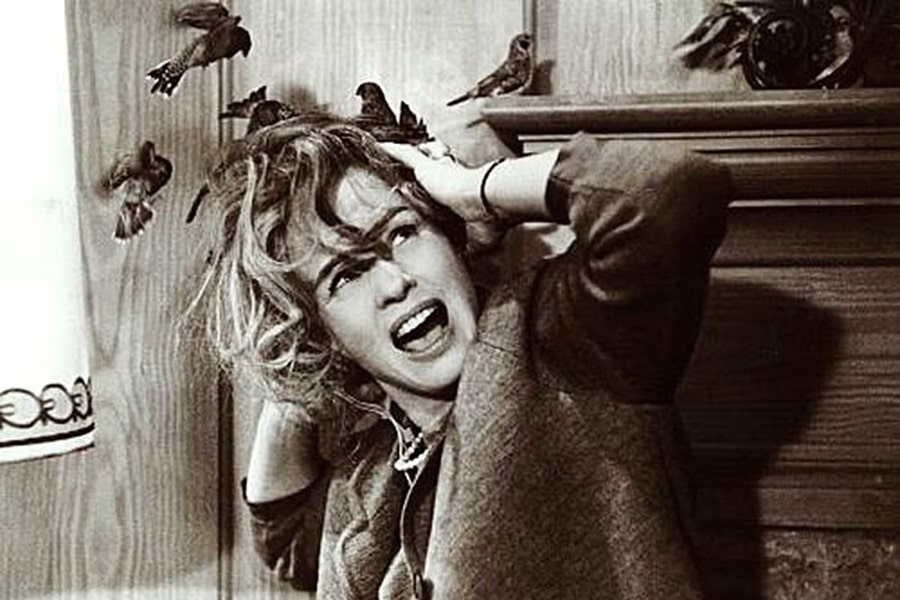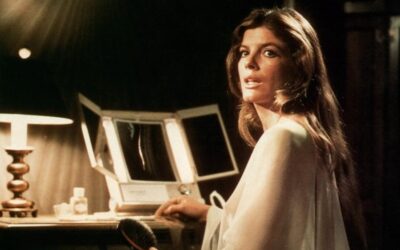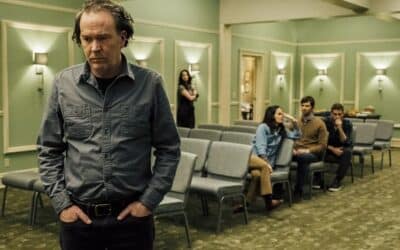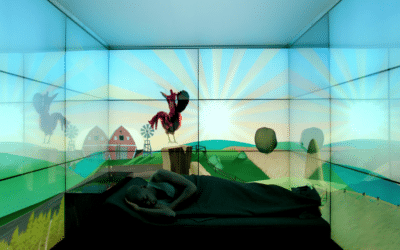
1960s Horror
The 1960s were a transformative decade for horror, marked by social upheaval and the redefinition of societal norms. The horror genre, ever a reflection of collective fears, evolved dramatically during this time, with several iconic books making the leap to the silver screen. These adaptations not only terrified audiences but also left an indelible mark on the genre, influencing both literature and cinema for decades to come.
“I Am Legend” by Richard Matheson is a cornerstone of 1960s horror literature. Published in 1954, the novel found its way to the screen in 1964 with the film “The Last Man on Earth,” starring Vincent Price. Matheson’s tale of Robert Neville, the last human survivor in a world overrun by vampiric beings, taps into deep-seated fears of isolation and the breakdown of society. The film’s stark, black-and-white imagery and Price’s haunting performance captured the desolation and dread of Matheson’s vision, setting a precedent for apocalyptic horror.
Another seminal work is Shirley Jackson’s “The Haunting of Hill House,” adapted into the film “The Haunting” in 1963. Jackson’s novel, a masterclass in psychological terror, explores the fragile line between reality and madness. Director Robert Wise brought this eerie tale to life, using innovative camera techniques and sound design to create an atmosphere of relentless tension. The film’s chilling depiction of a haunted house that preys on the vulnerabilities of its inhabitants remains a touchstone in horror cinema.
“The Birds” by Daphne du Maurier, while not a novel, is a short story that left an indelible mark on the genre. Alfred Hitchcock’s 1963 film adaptation took du Maurier’s premise of inexplicable avian violence and expanded it into a full-blown nightmare. Hitchcock’s meticulous direction and pioneering special effects turned an ordinary town into a claustrophobic battleground. The film’s ambiguous ending, leaving the reason for the birds’ attacks unexplained, only deepened the horror, reflecting the era’s anxieties about uncontrollable forces.
Rosemary’s Baby, written by Ira Levin and adapted into a film in 1968 by Roman Polanski, is perhaps the quintessential 1960s horror story. The novel and its film adaptation delve into themes of paranoia, control, and the loss of agency, as a young woman named Rosemary becomes entangled in a satanic conspiracy. Polanski’s film, with its subtle yet pervasive sense of dread, brilliantly translates Levin’s narrative of urban horror and mistrust. Mia Farrow’s portrayal of Rosemary, a woman caught in an inescapable nightmare, remains a powerful symbol of the genre’s psychological depth.
H.P. Lovecraft’s influence on 1960s horror is undeniable, and “The Dunwich Horror,” adapted in 1970, brings his cosmic terror to the screen. The film, while not as critically acclaimed as others, captures the essence of Lovecraft’s fear of the unknown and the otherworldly. The story of a rural town plagued by supernatural occurrences and eldritch beings reflects the decade’s fascination with the limits of human understanding and the terror that lies beyond.
These adaptations were more than just movies; they were cultural events that mirrored and magnified the societal fears of their time. The 1960s were a period of immense change, with the Cold War, civil rights movements, and shifting social norms creating an atmosphere of uncertainty and fear. Horror films of this era tapped into these anxieties, offering a safe space to explore the darkest corners of the human psyche.
Directors like Robert Wise and Alfred Hitchcock were instrumental in shaping the visual and thematic language of horror. Wise’s use of claustrophobic spaces and sound in “The Haunting” and Hitchcock’s methodical build-up of suspense in “The Birds” influenced countless filmmakers. Their ability to translate the psychological and supernatural elements of literature into a visceral, cinematic experience set new standards for the genre.
The legacy of 1960s horror adaptations is evident in contemporary media. Films like “The Babadook” and “Hereditary” owe a debt to the psychological depth and atmospheric tension pioneered by films like “The Haunting” and “Rosemary’s Baby.” These modern films continue to explore themes of isolation, paranoia, and the unknown, proving that the fears articulated in the 1960s are as relevant today as they were then.
The 1960s horror adaptations were not just entertainment; they were reflections of a society grappling with its fears and uncertainties. Through these stories, audiences confronted the fragility of reality and the ever-present possibility of its collapse. The books and their cinematic counterparts continue to haunt our cultural imagination, reminding us that the line between the known and the unknown is perilously thin.
More Horror Features
1970s Horror
The 1970s may be gone, but the fear they inspired remains
Horror Through the Ages
A Journey Through Time and Terror
Technology in Horror
When gadgets become nightmares



